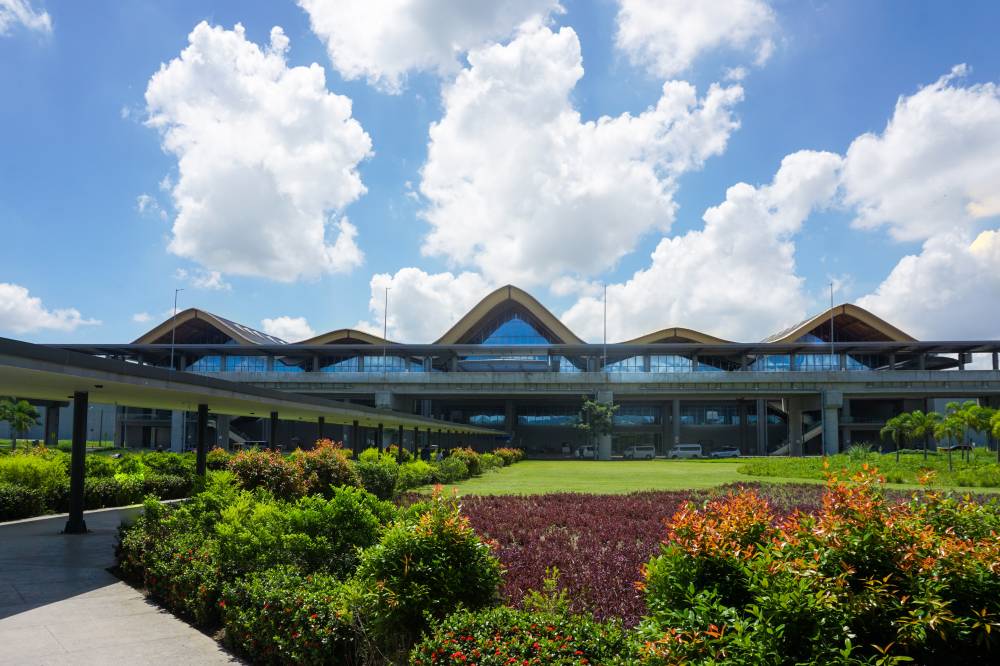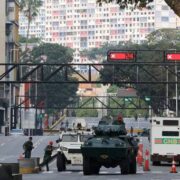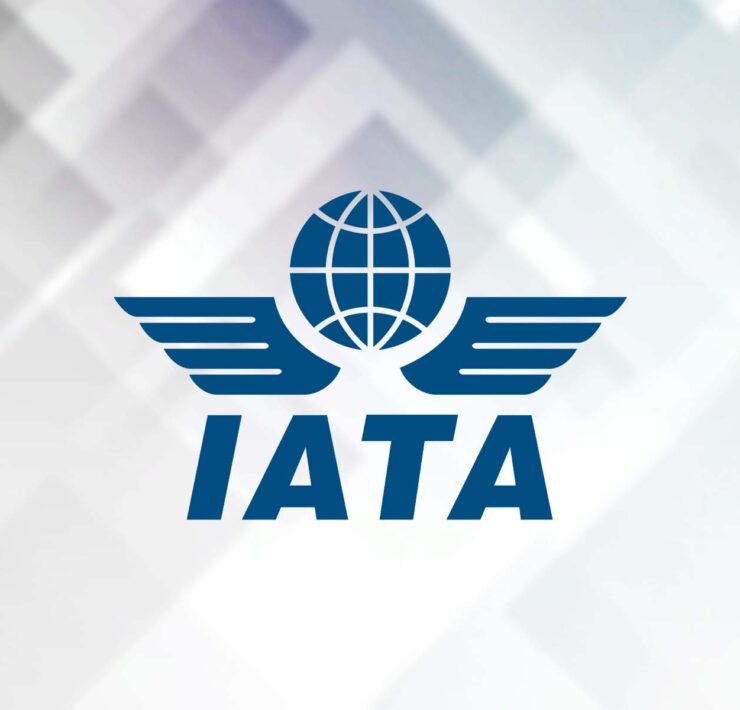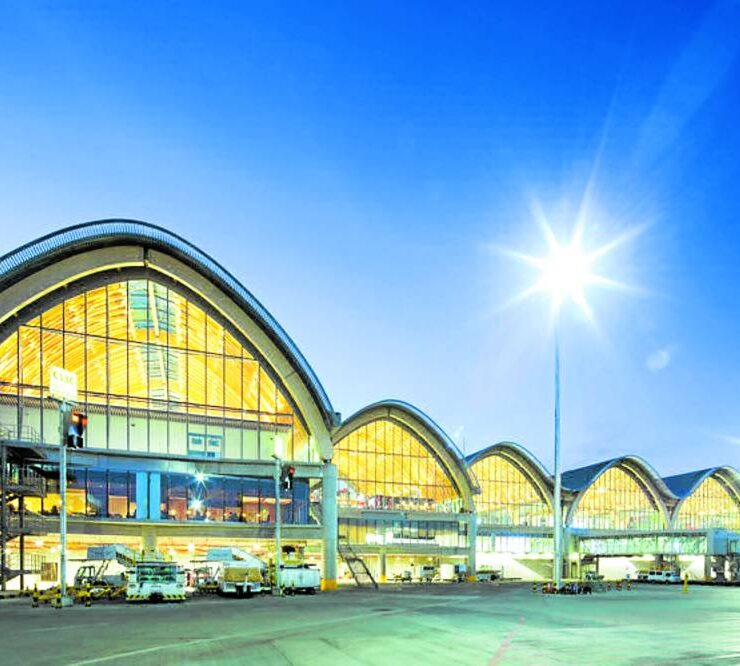Clark airport trims passenger growth forecast for 2025

Clark International Airport lowered its passenger growth forecast for the year after the transfer of turboprop operations from Ninoy Aquino International Airport (Naia) was pushed back to March 2026.
Noel Manankil, president and chief executive officer of Clark airport operator Luzon International Premiere Airport Development Corp. (Lipad), said on Tuesday that they are now seeing 3 million passengers by yearend.
The figure was weaker than the 3.3 million to 3.4 million passengers that was projected in February.
However, Manankil noted that this was “the same level of improvement” from 2023 to 2024 performances. In 2024, the airport accommodated 2.4 million passengers.
“So we’ll be at least 20 percent higher than our 2024 [volume]. So we are hopeful that we still hit 3 million,” he told reporters in a media briefing in Makati City.
In the first six months of 2025, passenger volume already hit 1.7 million, with domestic travelers accounting for 52 percent.
The key factor influencing the downward revision was the postponement of turboprop operations ban at the main gateway. The Manila International Airport Authority (Miaa) earlier confirmed to the Inquirer that this move was meant to “ensure a smoother transition while maintaining regional connectivity, especially in top tourist destinations.”
Miaa said this would give operators more time to manage logistical and operational adjustments.
The full transfer of turboprop operations is now slated by the summer of next year.
Another factor that affected the forecast was the suspension of Jetstar Asia’s flight services between Clark and Singapore.
But Manankil expects Clark airport to welcome more passengers come 2026, seeing about 3.4 million travelers.
By 2027, they hope to bounce back to the prepandemic level of 4 million passengers.
Manankil also reiterated that Clark Airport can double its capacity from 4 million to 8 million passengers yearly.
Clark International Airport Corp. previously bared the plan of adding a second runway, the cost of which was at P7 billion to P10 billion.
The airport accommodates more than 200 flights per week.





















